Forward and Upward: Spirit of our GOAL Workshop in Latin America

11 June 2018
Marie Haga | Marie's Corner
When you hear the word ‘quality’ what comes to mind? This was the question posed by Janny van Beem, the Crop Trust’s Quality Management Specialist, at our most recent Genebank Operations and Advanced Learning (GOAL) workshop, in Costa Rica.
I was delighted to hear that the energy in the room was infectious. Some of the responses volunteered from the genebank staff from 12 Latin American countries, were "efficiency,” “distinction,” “value” and “dependability.”
Bearing in mind that these discussions began on a Monday morning, even before participants had had their coffee, the number of responses and quick delivery of these set the tone for the weeklong get together. This was going to be a collaborative, participatory gathering of committed professionals.
“You are all correct,” Janny told the participants. And after a brief pause, added: “When I think of quality, I think of excellence.”
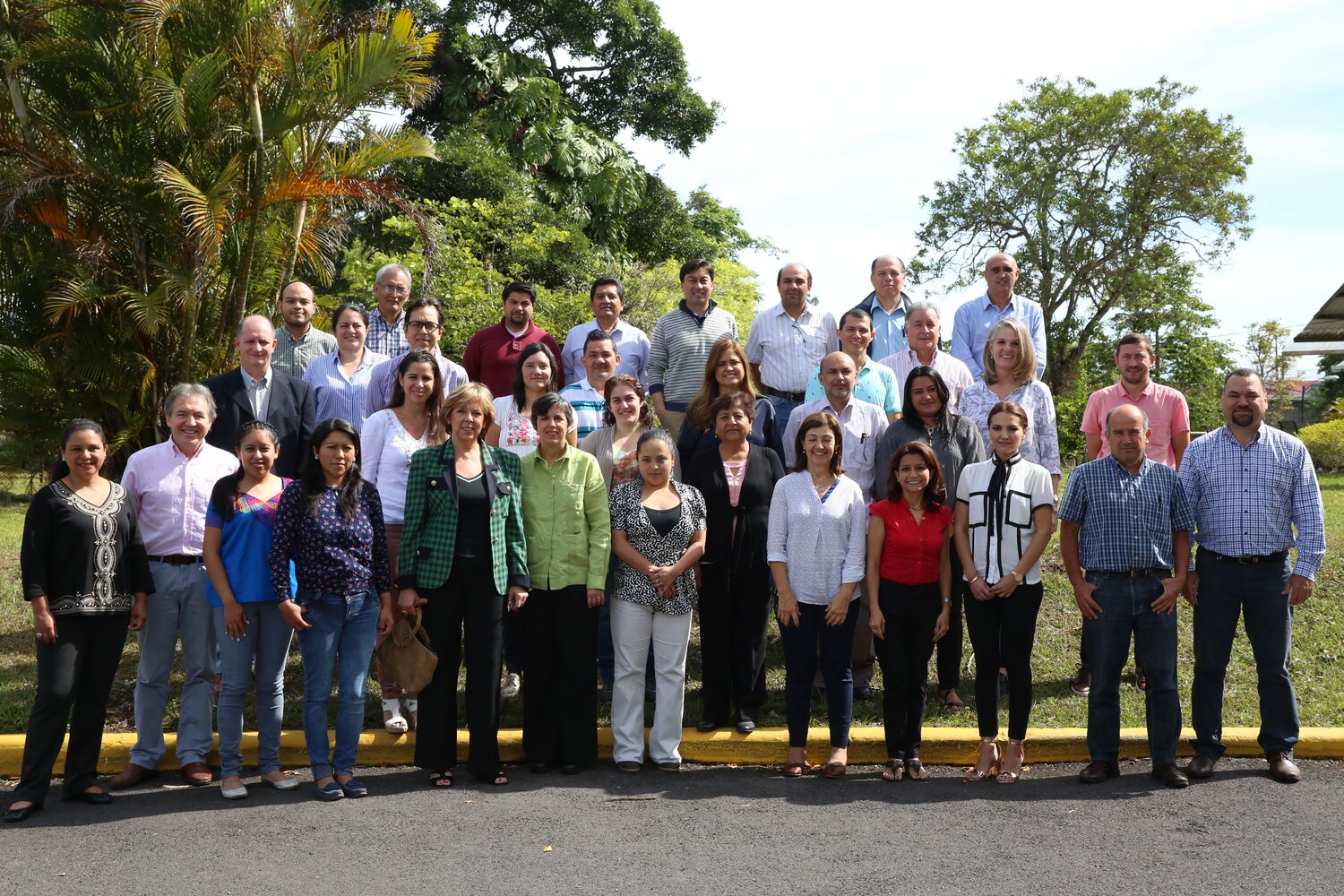
Representatives from 12 national genebanks from across the Americas came together at IICA’s Secretariat in San José, Costa Rica, where the Crop Trust held its most recent Genebank Operations and Advanced Learning (GOAL) workshop.
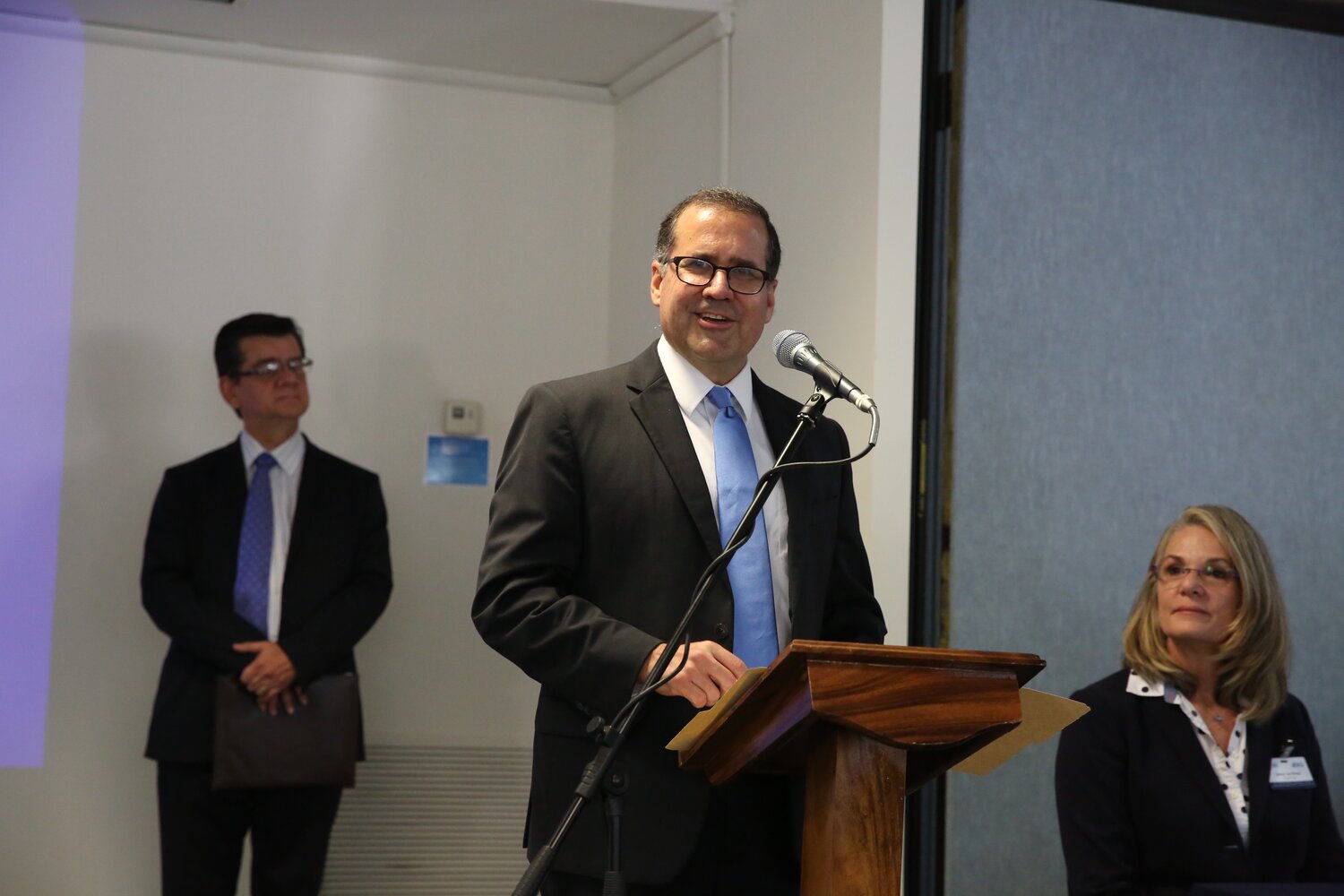
IICA’s Deputy Director General, Lloyd Day inaugurates the GOAL Workshop, where he salutes “the Crop Trust for organizing this initiative, for the good of the planet’s genetic diversity.”
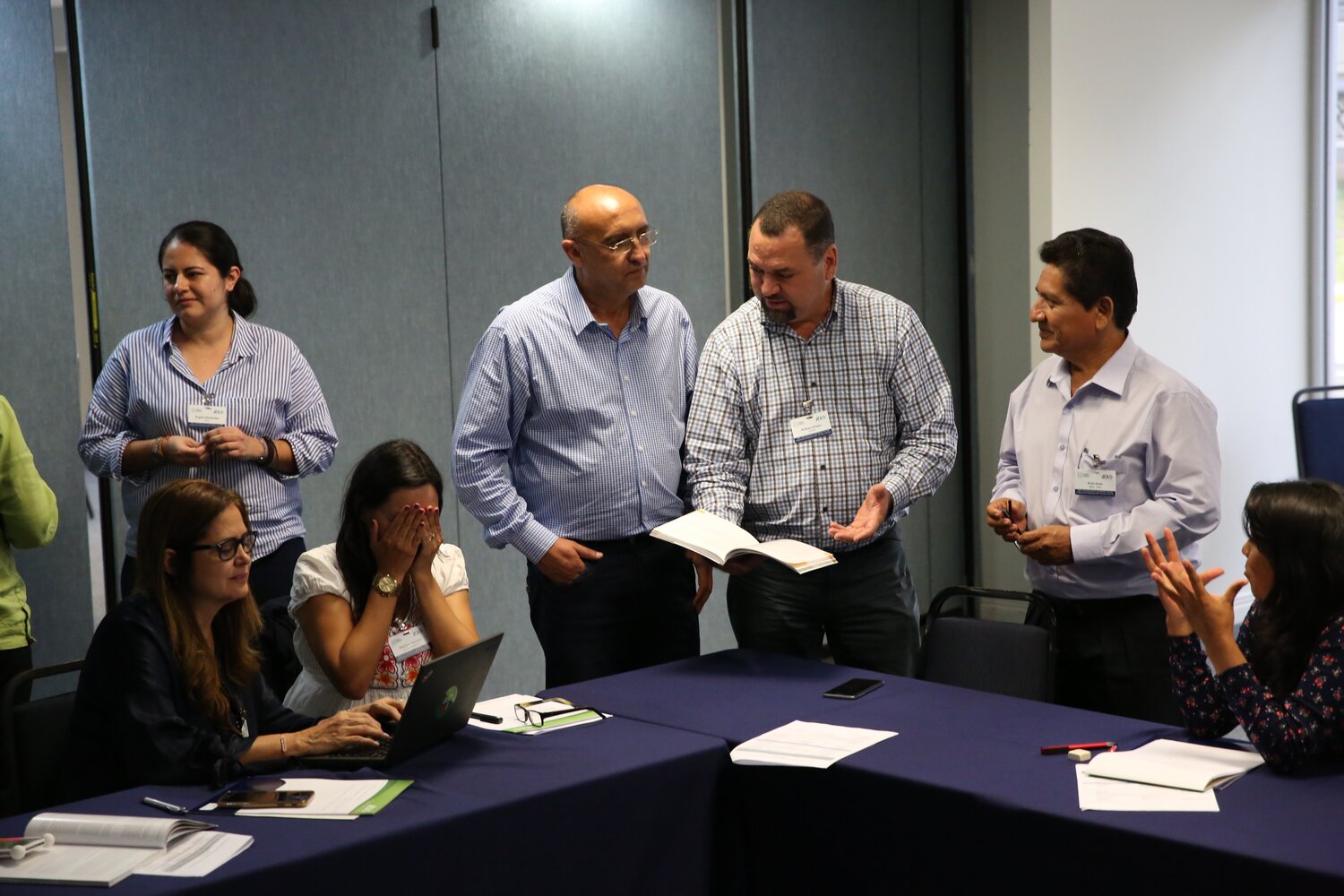
Separated into teams, GOAL workshop participants work together in developing standard operations procedures (SOPs), which are an important way to ensure consistent quality, support training and reduce risk.
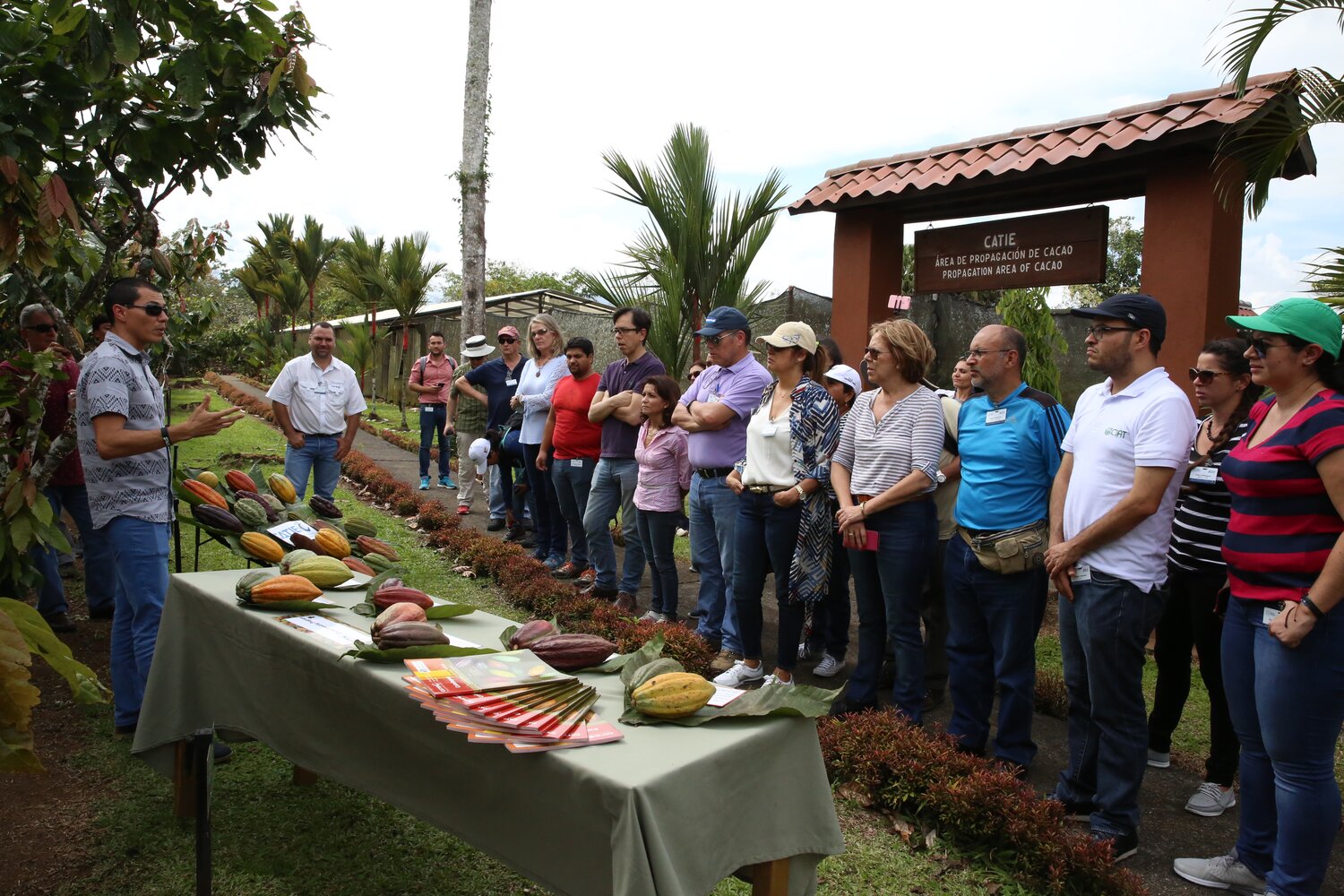
Allan Mata, from CATIE, discusses the cacao collection and how its diversity has helped the institution develop six improved varieties that have high production, good quality and tolerance to monilia, one of the most serious threats to cocoa production.
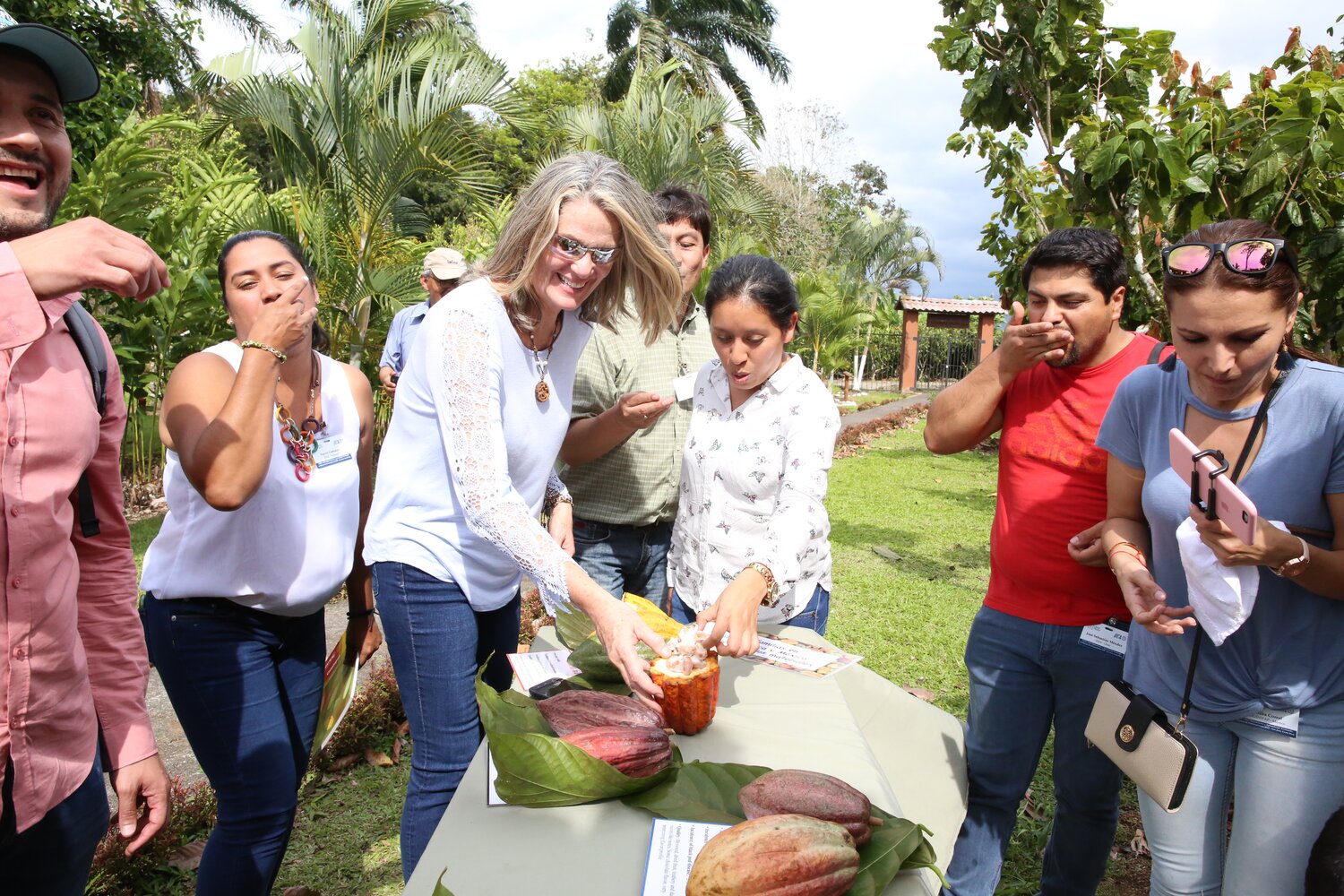
After visiting CATIE’s cacao collection, GOAL workshop participants enjoy a cacao fruit tasting moment under the sun.
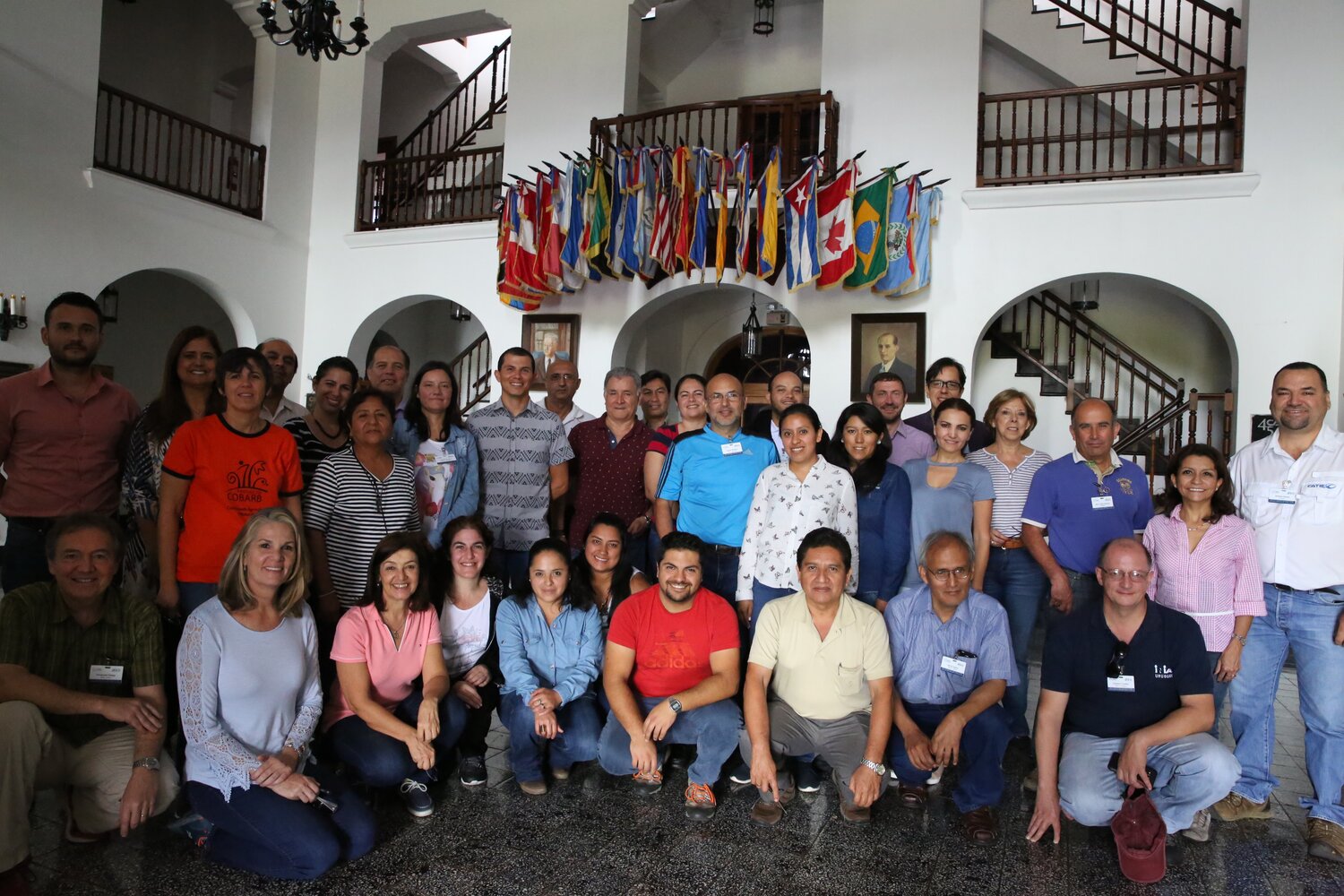
GOAL workshop participants pose for a group photo inside CATIE’s main building.
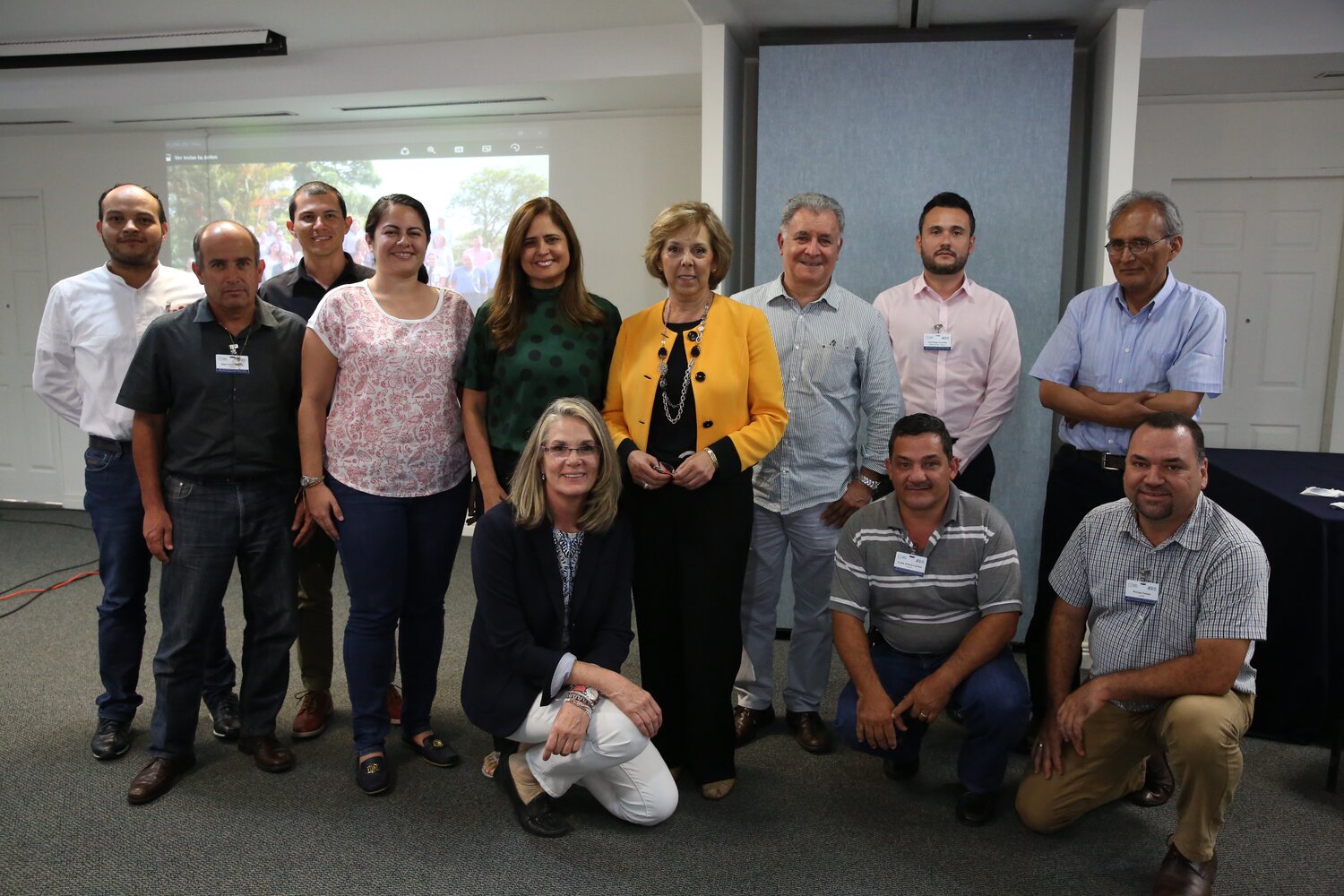
The GOAL workshop included presenters from CATIE, CIAT, FAO’s Plant Treaty, GRIN-Global, INIAF (Bolivia), and INIFAP (Mexico). We thank them all for their contribution to making this event a success.
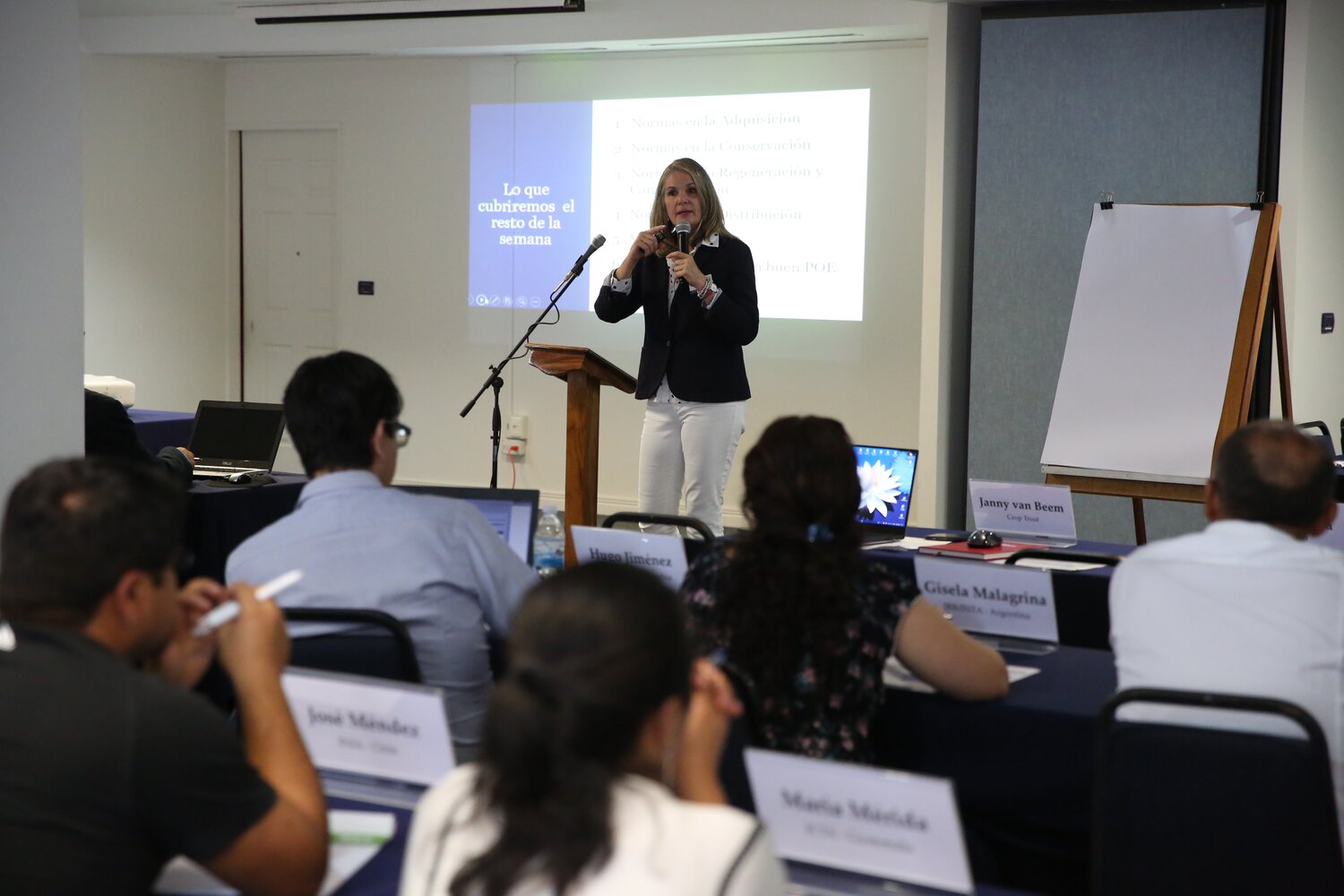
Janny Van Been, Crop Trust Quality Management Specialist, welcomes 28 genebank staff from across the Americas to our most recent Genebank Operations and Advanced Learning (GOAL) workshop.
In a genebank – no matter the size of the collection, or the resources available – excellence must be the driving force behind every single operation. No compromises.
Excellence assures a genebank’s users and staff that their collection is viable, available, and true to its type (i.e. that variety X is actually what they say it is). This is the raison d’être of a genebank – to conserve crop diversity and make it available to others. And genebanks around the world do their utmost to fulfil their mission. Our GOAL workshops help genebanks in several ways: they provide an opportunity to take a long, hard look at genebank activities, pinpoint how and where quality management plays a role; and implement a plan to help them achieve excellence.
"What is the difference between quality control and quality assurance?"
The former is a specific action that checks if an activity has been carried out properly. It is reactive. The latter is a process, one that maintains the desired level of quality by paying attention to key aspects of a genebank’s operations. It is proactive, and based on preventive measures.
Do all genebanks have quality control? Yes. They may not call it quality control, but it is there. ‘Did we check the documentation in an outgoing consignment of seed? Did we check the temperatures recordings for medium and cold storage rooms?’ These types of quality controls are performed on a daily basis in every genebank as a way to verify and maintain a desired level of quality.
Quality management systems (QMS) cut across activities – from acquisition of new materials to sharing samples with plant breeders or farmers. QMS allows genebanks to provide evidence of how efficient and effective their conservation activities are, and assures that the FAO, the International Treaty on Plant Genetic Resources for Food and Agriculture (Plant Treaty) and International Plant Protection Convention (IPPC) norms and regulations are implemented. Moreover, it allows genebanks to track how they have improved over time.
Janny uses the metaphor of a “stairway” for implementing a genebank improvement plan. You move forward, make manageable changes, step up and move forward, and do it again and again. Forward and upward. Progress comes through a series of small steps that eventually drive a genebank towards a higher quality standard.
Financial limitations or uncertainty can restrict what a genebank can do. This is the harsh reality all genebanks face. Sometimes – most times, I would say – they must work with their limitations, and maximize their ability to adopt quality management in all they do. And here I’d like to highlight an important maxim that Janny mentions often:
“It matters not where you are in this staircase; there will always be a series of steps behind you, and in front of you. The question a genebank must answer is: how do I make the next step in my evolution, to fulfil my mission?”
After discussing the key aspects of quality management as they apply to genebanks, participants took a deep dive into QMS, learning how to develop improvement plans, conservation standards and policies, and operational procedures and manuals. Another topic was the assessment, evaluation, and mitigation of risks; given the nature of genebank operations, this one was particularly appreciated. And there was so much more; the week was jam-packed with topics and presentations.
Quality and information systems go hand-in-hand. Information systems allow genebanks to track and provide the much-needed evidence to prove they are doing their utmost to fulfil their mission. Accountability; accuracy; minimizing errors -- these are possible thanks to the wide array of tools found in a comprehensive information system. These tools cut across genebank operations. That is why our GOAL workshops address this often-neglected piece of the crop conservation puzzle.
All our GOAL workshops are designed to serve the specific needs of the participants. In this case, it meant offering all presentations in Spanish; and bringing in experts to share their knowledge.
I hereby commend the wonderful work carried out by three genebank staff from the International Center for Tropical Agriculture (CIAT), who shared what they learned and applied (in the initial GOAL 2015 workshop we carried out with the CGIAR genebanks) in their own fields of work. This covered quality in in-vitro conservation, plant health and regulatory requirements, and use of information technologies in genebank operations.
I would also like to thank partners from INIAF (Bolivia), INIFAP (Mexico), and the Plant Treaty Secretariat (FAO, Italy), who also joined us in this regional meeting. And a special mention must go out to our colleagues at CATIE (Costa Rica), who welcomed everybody to their campus, graciously opening the doors of their genebank and their coffee and cacao collections; and to the Inter-American Institute for Cooperation on Agriculture (IICA) that hosted the workshop at their Secretariat in San Jose, Costa Rica. This is the first time we have collaborated with IICA, and given our common interest in supporting the conservation efforts throughout the Americas, we are sure it won’t be the last.
The five-day gathering brought together 28 genebank staff from across the Americas. This is a milestone for us in the region, and one made possible by the generous financial support provided by the Norwegian Government through our ten-year Crop Wild Relatives Project.
This GOAL workshop builds on two very specific but crucial activities that – also funded by the CWR Project – we have been carrying out throughout the Americas, and beyond.
- Since 2014, we have visited and assessed the information systems of nine national genebank programs in Latin America (out of 33, globally). The comprehensive reports provided to each genebank included recommendations on how to strengthen their database activities and infrastructure. This has prompted many genebanks to address and improve their data-related efforts; in some cases, including Bolivia and Chile, we have seen the adoption of GRIN-Global, an open-access genebank documentation system. It looks as though Uruguay, Guatemala and Ecuador will join them soon.
- Following the assessments, we have assisted several national genebanks in addressing some of those limitations. To date, we have worked with Bolivia, Chile, Colombia, Ecuador, Guatemala, Peru, and Uruguay.
In helping to build a global system for ex situ conservation, the Crop Trust is redoubling its efforts to strengthen our strategic partnerships with the many national institutions that house and share the crop diversity that will help farmers feed a growing world. This GOAL workshop is one example of our commitment to them, as it is to our grandchildren’s grandchildren, who will need this diversity to thrive in a world we cannot even begin to imagine.
To conclude, and based on the initial feedback from participants and presenters, I am confident that this GOAL workshop has invigorated the continent-wide genebank community. Aside from the knowledge gained and the experiences shared, the participants returned to their countries and genebanks with a full digital Rolodex of like-minded colleagues who share a passion for what they do, face similar challenges, and are just as eager to climb to the next step in that stairway. And we at the Crop Trust will be there too, helping them to move forward and upward.
Greetings from all of us in Bonn,
Marie
Category: Crop Wild Relatives
